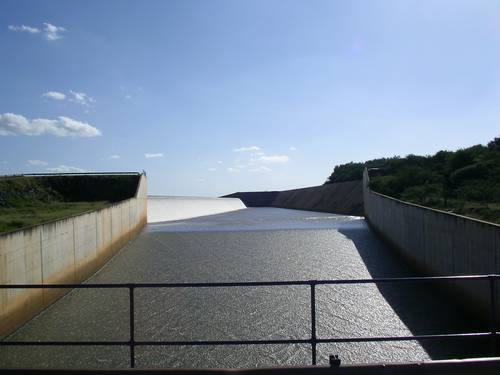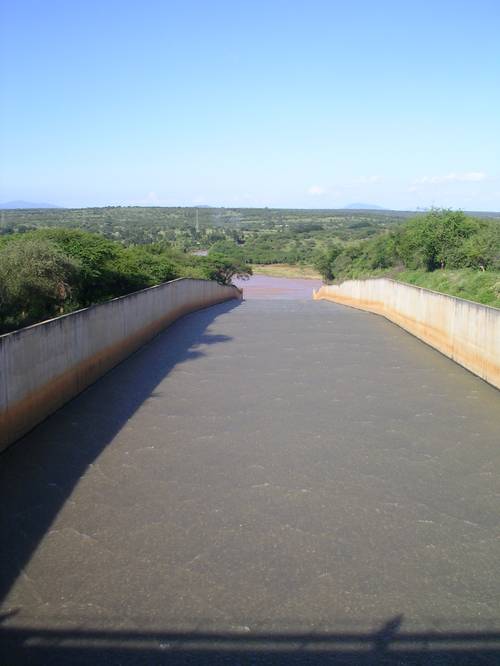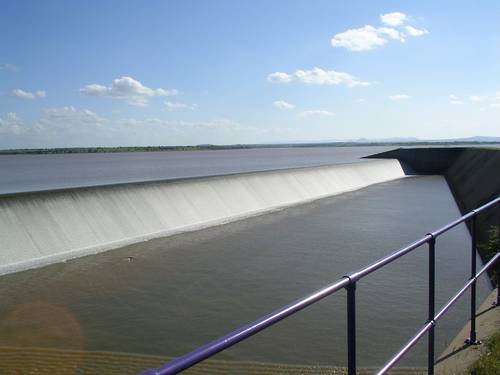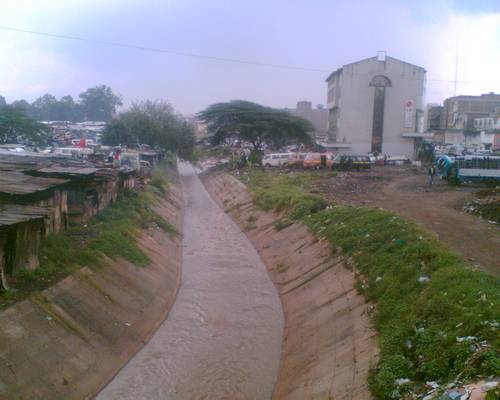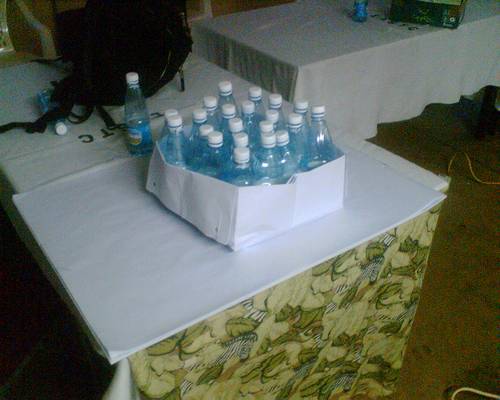One of the most tiring aspects within the field of sanitation are endless debates about the sustainability of sanitation.
On one hand there are those who are interested in conventional waste water treatment, and who are making a living out of investing into, optimizing or selling waste water treatment plants. Take Germany, for instance. The sewage system is well approved, a very high percentage of houses is connected to centralized waste water treatment plants and these things just work. The aim of such systems is to reduce the organic content of waste water which then allows the “cleaned” water to be discharged into the next river.
And then there’s something commonly referred to as sustainable sanitation.
Sustainability. What does sustainability mean?
Obviously, sustainability at first sight is just another keyword such as capacity development or knowledge management. Ask your neighbours how they’d define the meaning of sustainability, and I am sure you’ll get many different answers.
According to the “Network for the development of Sustainable approaches for large scale implementation of Sanitation in Africa” (NETSSAF), sustainable sanitation refers to sanitation systems that protect and promote human health, do not contribute to environmental degradation or depletion of the resource base, are technically and institutionally appropriate, economically viable and socially acceptable, being the issue of reuse and recycling an optional feature.
“The issue of reuse and recycling” is often termed as something we call ecological (and economical) sanitation (ecosan). I am currently active in the field of ecosan, and it seems that I have to constantly explain the meaning of ecosan, and why I think this approach makes sense – despite of the many unsatisfactory issues that still come along with most ecosan concepts.
The ecosan concept is mainly based on the following principles:
- Prevent diseases (must be capable of destroying or isolating faecal pathogens)
- Protect the environment (must prevent pollution and conserve valuable water resources)
- Return nutrients (must return plant nutrients to the soil)
- Culturally acceptable (must be aesthetically inoffensive and consistent with cultural and social values)
- Reliable (must be easy to construct and robust enough to be easily maintained in a local context)
- Convenient (must meet the needs of all household members considering gender, age and social status)
- Affordable (must be affordable and accessible)
Having mentioned this theoretical background, let’s look at the practical side of it, and why I felt a need to blog about this issue in the first place:
Kibera, this huge informal settlement in Nairobi is Kenya’s and even Africa’s biggest “slum”. Many of my readers know about Kibera, and many also know that there have been numerous projects in the past, trying to “promote” the living standards of people in Kibera. One of those standards actually is access to proper sanitation.
There are a few “normal” toilets latrines in Kibera that have been installed in the past, but many of them are too costly for daily use and still the number of available toilets latrines? is hilarious compared to the actual need. How many people live in Kibera? Too many!
Also, Kibera faces various problems such as a high crime rate, unstable ground which complicates the construction of proper buildings and a very unusable topography. In short: Kibera is a way too crowded piece of land with a very bad starting position.
People who live from hand-to-mouth all their life and are trying to survive each day, don’t think about sustainability issues. What they want are working toilets that don’t overflow during the rainy seasons, clean, free of charge and maybe also secure to use during night time.
If you’re into this sanitation business, there apparently is no time for endless debates on sustainable approaches to sanitation. Something needs to be done, and as the Millenium Development Goals (MDGs) predict, change has to happen – soon.
So there you are, trying to figure out the best sanitational concept for an informal settlement such as Kibera. A sustainable concept that is accepted by it’s users, reliable, convenient and affordable. This process actually is quite difficult, as most of these sustainable concepts require a certain level of ownership among its users, and, most importantly, some time and enough space to develope. Remember: Kibera is a crowded area. Just think of the Biogas latrine in Kibera we recently mentioned over at Afrigadget – I was told that the digestion tanks are too small, so the digested biomass comes out half “raw” – and is just disposed of into the next river. Obviously, while energy is generated out of the biomass, there’s still no good concept behind this installation that provides a closing of nutrient loops.
Nutrients, yes, as the human excreta contain nutrients which could be used as a fertilizer on the shamba. Just think of cow dung, and you get the point. Obviously, reusing these nutrients has to be put on the sanitation agenda as there’s no such thing as “waste”.
For those big players in the industry though, the conventional waste water treatment business where dirty water is cleaned and nutrients effectively eliminated is more interesting than relatively simple technologies such as the ecosan approach.
On one hand, there’s the (sometimes justified) critisicm towards ecosan and that it works best in theory, and on the other hand, a relatively low cost technology such as a Urine Divertion Dehydration Toilet (UDDT) – with already over one million installations in China! – simply doesn’t generate any benefit for industrialized nations. ==> How does Europe profit from disseminating low-tech, low-cost toilets to Africa? How do the various engineering companies benefit from this technology if instead they are interested in selling conventional, cost-intensive, high-tech systems that also require lots of maintenance (= revenue)?
Whenever I open the various professional journals that deal with sanitation issues, I so often only come across these high-tech systems that basically only deal with the issue of treating “dirty” water (blackwater, greywater, yellowwater) as “waste” where nutrients have to be cleaned out. And yet at the same time, these very same people talk about sustainability, and how they can optimize their systems towards more sustainability.
Well, for a green approach to sanitation that actively tries to close loops (= keeping nutrients in a biological and technical loop), a paradigm shift is actually needed. And so you can well imagine that there’s an endless debate on the definition of what ecosan actually stands for and what it brings to the people. Users, who are supposed to accept and use such systems, have to get an understanding of why such low-tech toilets are actually better than conventional flush toilets, and companies who have previously made a profit by selling high-tech machines have to understand that even in Germany, where most waste water treatment plants actually work in a very stable mode and are constantly optimized, the future is set towards sustainable sanitation. To my understanding, the production of waste water on normal (“modern”) flush toilets is far far away from any sustainability. Sure, it is an improvement to simple pit latrines, but in countries where the majority of the population doesn’t have access to any proper sanitation facilities, it makes sense (to me) to invest into good systems that provide a benefit to its users and the environment in the long run.
The Chinese understood this concept some years ago (heck, even 2.000 years ago) and consequently promoted this technology so as to keep some nutrients in a loop and water consumption for sanitation on a low level. China is a good example that this technology actually works, and so we must never forget that most “wars” on sanitation issues aren’t based on ideological reasons, but instead perilled business opportunities.
I sometimes wish more and more companies would wake up and see this as a new business opportunity. Public toilets, based on sustainable principles – that’s such a huge market ready to be skimmed.
(oh, and btw: what’s the difference between a toilet and a latrine? and for which countries does this definition apply?)


